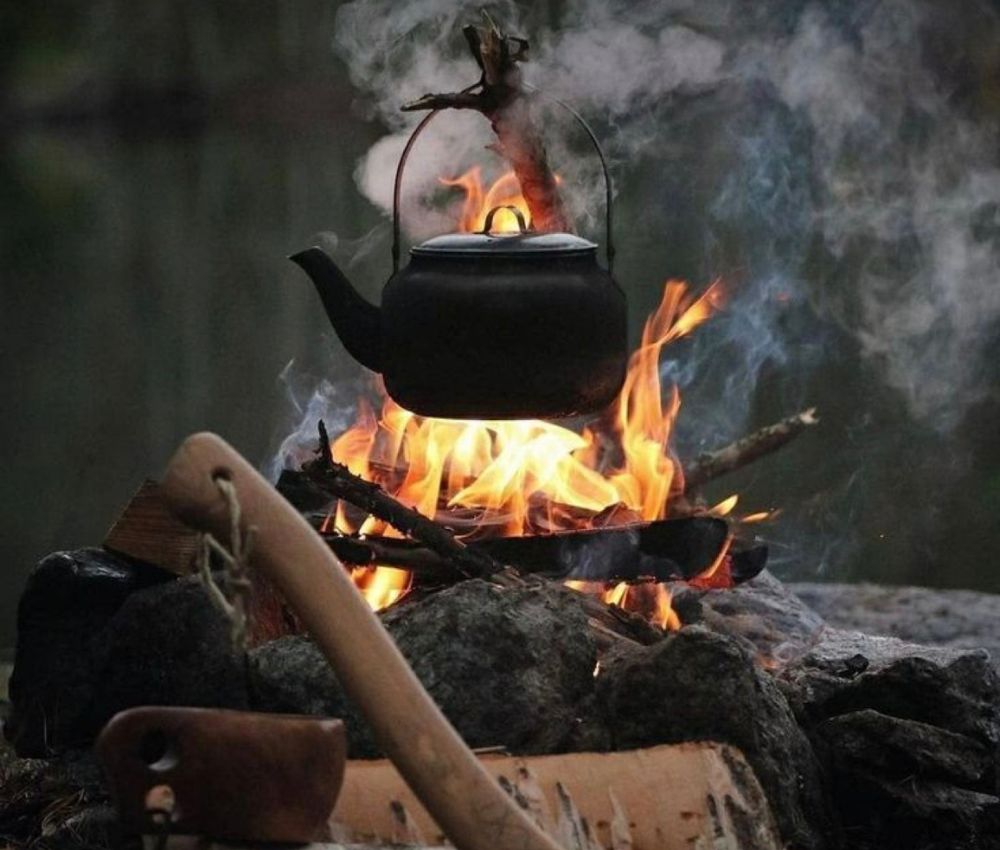Yarning about Partnerships: Embracing Shared Conceptualising and Understanding

'I think of this one, almost as a yin and a yang. It starts with an offer - what is it that you offer to the partnership? And then comes some form of surrender? What do or will you surrender as being a part of the partnership?
In this week's cuppa session, we yarned about two key factors that underpin a successful partnership. We shared our insights and thoughts, highlighting various aspects in response to the question: What are two key factors that underpin a successful partnership from your perspective?
To start us off, our most regular cuppa friend emphasised the importance of recognising what each partner brings to the table and the need to accept and adapt to different ways of doing things. It was described as a yin and yang dynamic, where offering something and surrendering something coexist. 'I think of this one, almost as a yin and a yang. It starts with an offer - what is it that you offer to the partnership? And then comes some form of surrender? What do or will you surrender as being a part of the partnership? So at the same time, how are you offering whatever it is? And how are you accepting other different states that are related in this type of superposition of the different possibilities?'
This sentiment was echoed further, emphasising that a good partnership involves understanding the offers and compromises from both sides. They highlighted the significance of ensuring that all parties involved can benefit, rather than having one party exploited.
The concept of surrendering and retaining cultural values was touched on. Stories were mentioned where individuals willingly surrendered their knowledge and traditions to form partnerships, often in an attempt to preserve their cultural heritage. Respect for culture was seen as an essential aspect of successful partnerships, from one participant's account of their father's work with indigenous communities in the Philippines. The partnership sought harmony and required missionaries to respect and work together with tribal leaders and elders maintaining cultural integrity.
The challenges of working within dominant systems and the necessity for system adaptation were also discussed. An example was given where the education system was questioned in terms of its ability to meet the needs of indigenous communities. 'The difficulty of working in a culturally effective partnership, when you're dealing with one system that dominates and one that is subservient. In this case, I'm thinking of the set-up education system in a particular state and its Minister for Education asked, how can we adapt what we're doing to better meet the needs of the indigenous people who live in the communities outside the city? The difficulty wasn't so much in what the person asking the question wanted in terms of answers from the communities. The difficulty was implementing the changes that would need to be made to the system so the answers could be made effective, such as four days a week in classrooms and one day a week out in the field learning local culture.’
The idea of giving up and offering something in a partnership was explored further. It was mentioned that partnerships can result in unexpected outcomes, such as in one story shared about where partnerships can provide the mechanism to hold new innovations. As explained, 'We had a partnership agreement in place, with the elders and the community members and with the government agencies. So the partnership was between these two, and heaps of cool things happened. But one of the unexpected things that happened was, people who left school started to ask, could we come back to school? Some were people in their 60s? And can we finish our year 12? Some had never finished school’ The people in partnership had to decide whether to uphold existing rules or create a different educational environment that supported the entire community as was the aspiration in this story.
Expressing gratitude and openly acknowledging each other's contributions were seen as powerful exercises that fostered collective value and strengthened the partnership. 'There's an interesting exercise of gratitude that can live in this little bit of space, too, which I did with my consultant compatriots, where we said, how each of us tell each other, what we're grateful for in terms of your contribution to the whole. It's often not the things we think of when we ask somebody else to reflect what we're good at? Or what were the things that might be easy for me, that are hard for somebody else, as when somebody calls out and says, Oh, it was really great that you did that thing, right? And it’s like, whoa, like that was valuable, right? So it's figuring out what your collective articulated value is, within the context of the partnership, and doing that work is super valuable.'
As always our discussion shed light on the diverse aspects that contribute to a thriving partnership from our perspective. It’s always good to be able to share experiences and wisdom outside of the working day.
Mauriora,
The Walk Together Team

